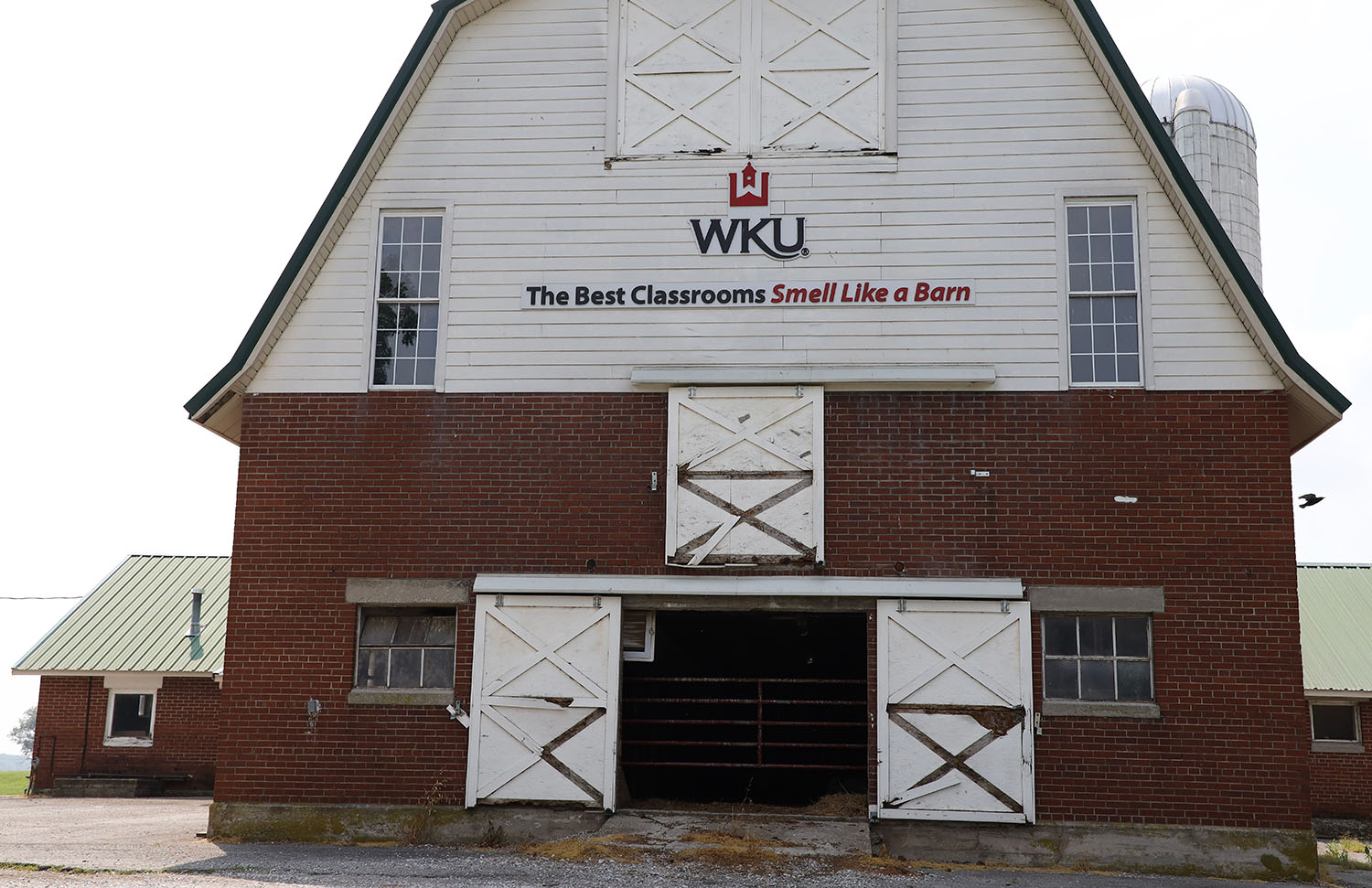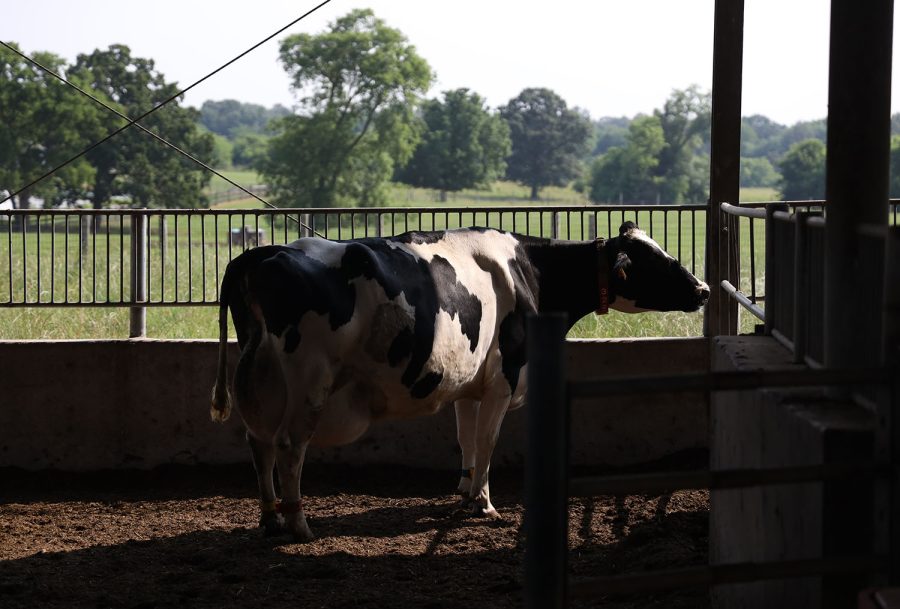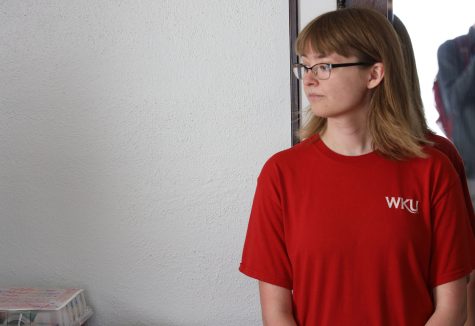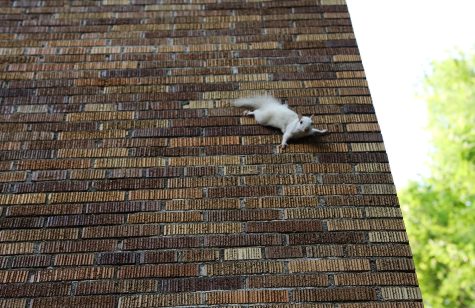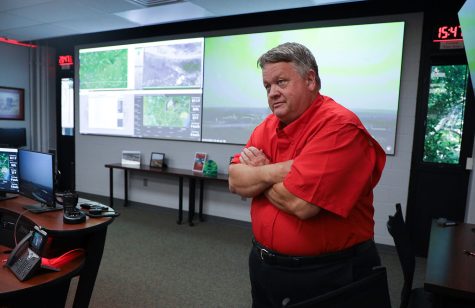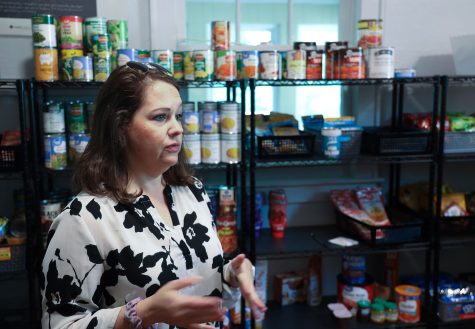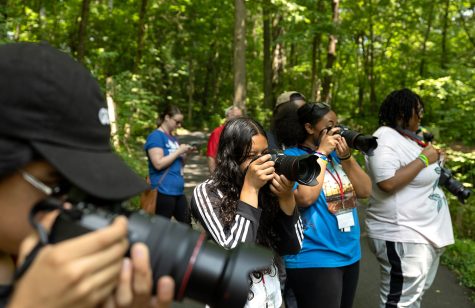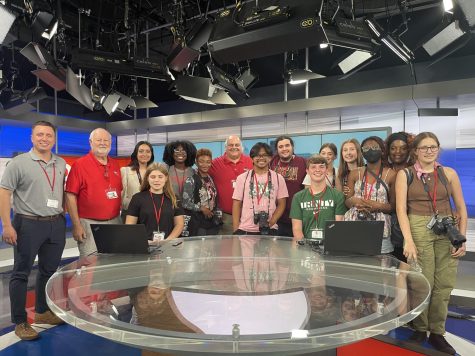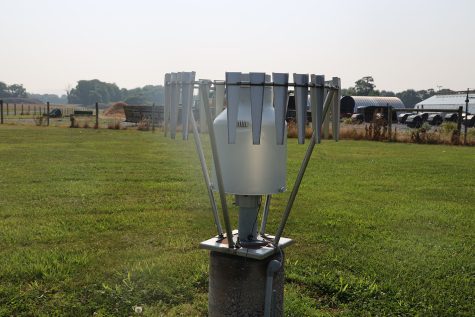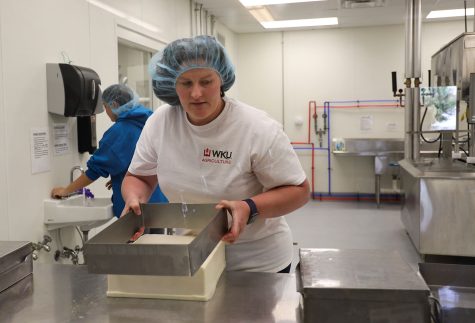Lab all about comfort of Cows
Believe it or not, cows at WKU’s Smart Holstein Lab used to spend time resting on waterbeds. Now, they’ve been upgraded to memory foam mattresses.
The farm experimented with waterbeds, but when the lab found them to be too abrasive on the cow’s legs, they switched to Cow Dutch Mattresses, memory foam mattresses from the Netherlands.
Adam Blessinger, the WKU Dairy manager, said the lab works with companies from Italy, Turkey, the Netherlands and the United States to obtain technology that maximizes milk production while simultaneously emphasizing animal health and comfort.
In creating a cow-friendly environment, the farm enjoys a prosperous milk production. The average annual production of milk per cow in Kentucky is nearly 20,000 pounds of milk per year. The WKU Smart Holstein Lab produces more than 24,000 pounds of milk per cow, per year, from 56 cows – 80 pounds of milk per day, per cow.
What sets the Smart Holstein Lab so far ahead?
“We know pretty much everything about the cow from when they’re born,” Blessinger said. Each cow carries multiple devices that monitor different functions.
The Cow Manager, a device that clings to the ear, manages heat detection, temperature and food consumption. Smaxtec technology observes temperature, drinking, rumination and activity. Another device, Nedap, measures how many steps the cows take and the time spent laying or standing.
More familiar technologies used by the lab include camera systems that capture activity and notify when cows are ill. The White Camera counts the number of standing cows. Almost every piece of technology is accompanied by an app that displays the recorded data.
In the milking parlor, a number of cow services are set into place.
Somatic cell counts track the animal’s white blood cell count, as high cell counts are indicative of infection. This can occur from cow’s leaking, which is then treated with vaccines and antibiotics. Other services that take place in the parlor include pulsation monitoring and automatic footbaths.
What sets the Smart Holstein Lab apart is their prioritization of cow health. “Not every farm is gonna have eight tags on each cow,” noted Blessinger. “They tend to just have one or two devices.”
Aside from the multiple devices used to monitor the cows, Blessinger said the lab ensures its cattle are provided with multiple measures of comfort.
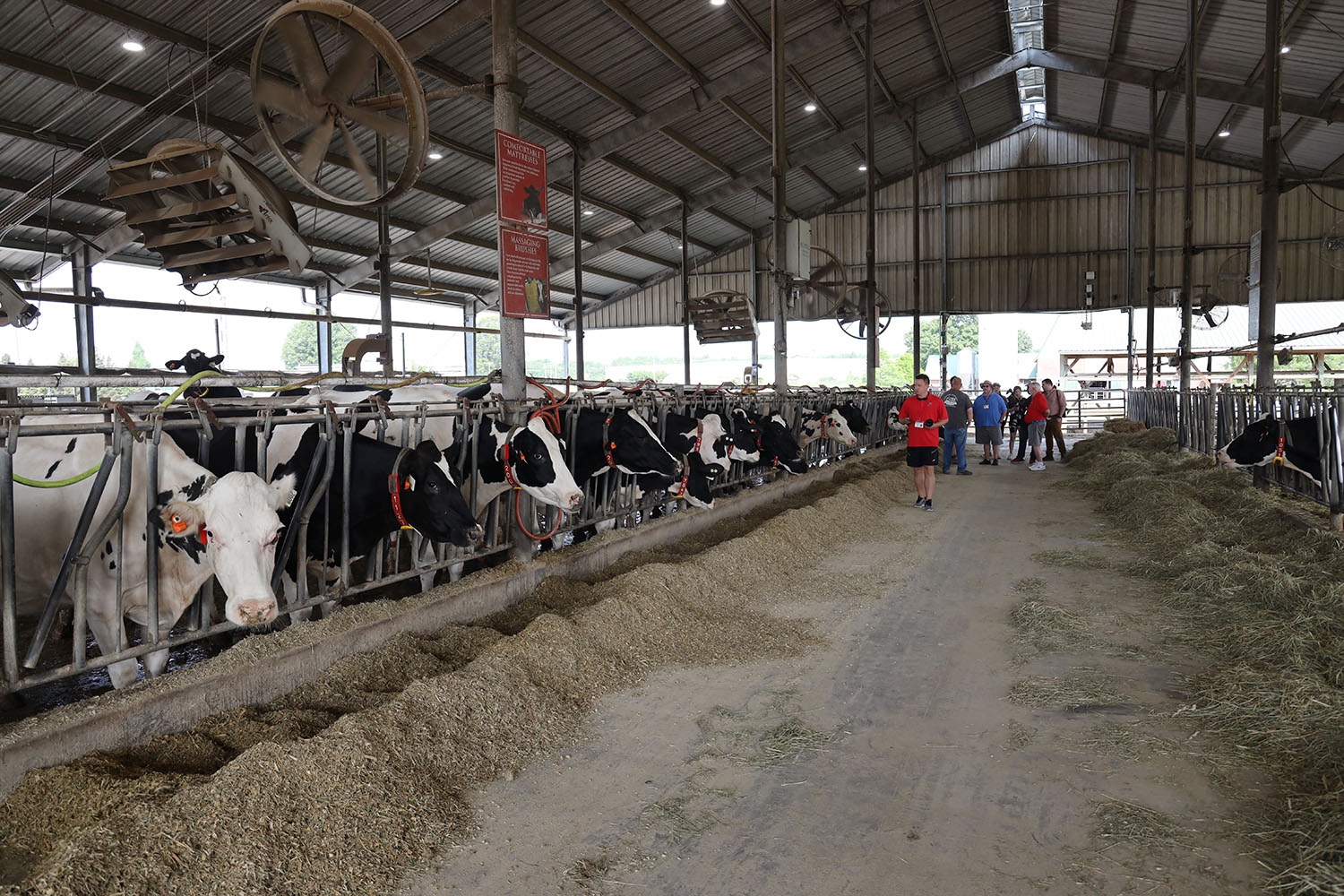
A makeshift sprinkler system cools off the cows. Blessinger shared how a failure with the system cost the farm four pounds of milk per cow and resulted in noncooperative, grumpy animals.
The facility invests in the happiness of its inhabitants. A clear example is the use of memory foam mattresses that reduce the risk of injury and boost production while following the farm’s mission of establishing a comfortable, safe facility.
Other expenses include the current objective of purchasing a robot that would eliminate the chore of scraping the barn floor twice a day, and cow brushes that Blessinger said has no proven correlation to production: “It gives them something to do,” said Blessinger.
“We are able to have our students trained and learn the newest cutting edge technology when it comes to dairy cattle…and animal husbandry in a way that is sustainable, that is respectful of the animals, but still meets our needs.” — Leslie North
Regarding the lab’s system of comfort measures and devices, Blessinger said everything works together to impress other farm-owners. “There are a few farms that have picked stuff up because we had it here,” he said.
One recently donated cow made quite the entrance by breaking into a split upon arrival. A few days later, it happened again and the cow was given a pair of matching steel anklets to support her.
The incident only furthered the farm’s research in genetics. While flexibility could be considered a desirable trait, in cows it’s an optimistic term for bad genetics and hip structure.
While some cows are burdened with bad legs and hips, others demonstrate excellent genes. Blessinger said the focus on improving genetics helps not only the herd, but the entire breed.
Leslie North, the department chair for Earth, Environmental, and Atmospheric Sciences, cited another of the lab’s praise-worthy accomplishments: “We are able to have our students trained and learn the newest cutting edge technology when it comes to dairy cattle…and animal husbandry in a way that is sustainable, that is respectful of the animals, but still meets our needs.”
She said the university’s duty as a state-funded institution is to “serve the community.” This includes its own students.
“We’re here to train the next leaders and the next academics,” North said, regarding the impact of having students directly involved in programs such as the WKU Smart Holstein Lab. “Figuring out, how do we take that project and turn it into an educational opportunity for students, is what drives us.”
WKU’s 800+-acre farm includes everything on a typical farm and more. In addition to the around 120 cows and a team of WKU alumni, students and professionals, the dairy produces 520 gallons of milk per day. It provides locally raised dairy products to various consumers and programs, including the university’s Farm to Campus project and the Creamery.
“It’s just all interconnected,” North said, “and there’s students at every single one of those stages.”
